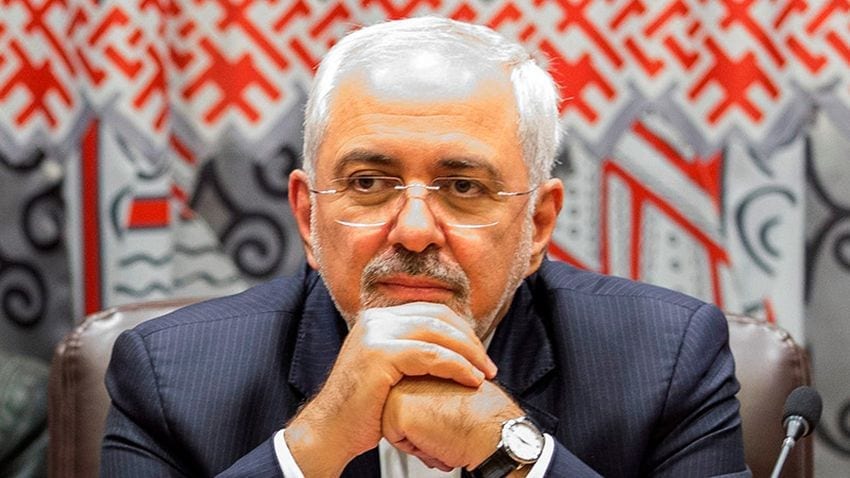The U.S. and Iran signed a nuclear agreement, but this Middle East country continues to challenge America. The visit of their foreign minister, Javad Zarif to Latin America, is a sign of this. They want to create unrest and threaten the States by sponsoring terrorism, promote its radical Islamist ideology, and strengthen alliances with anti-American regimes. The U.S. had enough issues with Iranians in the Middle East they don’t want their presence in Western Hemisphere. This is why Obama’s administration should devise a strategy to eliminate Iranian threat.
Iran’s Goals in Latin America
Iran and their allies Hezbollah have long maintained a relationship with Latin America. Their primary goal is to create logistical support there, by financing Islamist regimes and terrorist operations in that part of the world. Iranians sponsor schools, mosques, and cultural centers in this region. They even go as far as to promote their Islamist messages to million viewers through HispanTV. On top of that, it has been reported that Iran is also involved in drug trafficking which is used for financing of their regime back home. Money is used to invest in ballistic missiles and nuclear weapons.
To achieve their goals Iran used the connections created through their embassies and consulates. It went unnoticed that in 2013 Argentine prosecutor Alberto Nisman accused Tehran of “infiltrating several South American countries by building local clandestine intelligence stations designed to sponsor, foster and execute terrorist attacks.” The Commander of U.S. Southern Command, Admiral Kurt W. Tidd went even further and declared that Hezbollah “maintains an infrastructure with the capability to conduct or support terrorist attacks.”

In early 1990s Iranian suicide bombers attacked Israeli embassy and Argentine Jewish Mutual Aid Society building killing 29 and injuring 85 people in the process. But they didn’t lay low since then. In 2007 U.S. Authorities stopped a terrorist attack on John F. Kennedy airport. The executors were four Latin American men with close ties to Iran. In 2011 Iranians tried to kill Saudi Arabia’s ambassador in Washington.
Joseph M. Humire of the Center for a Secure Free Society stated during a congressional testimony that Iranians spread their influence in cultural, diplomatic, economic, and military spheres. They go from building schools and mosques to creating connections to regional authorities, only to then try and get their hands on drug trafficking and money laundering needed for their global operations.
One of their goals is to find allies in countries that are suppressed by the United States such as Cuba and Venezuela. Hugo Chavez was known as a leader who supported Iran, and even stated that: “One of the targets that Yankee imperialism has in its sights is Iran, which is why we are showing our solidarity.”

The Significance of Zarif’s Visit
Now, the Iranian position in Latin America was strengthened after Foreign Minister Zarif visited. His visit lasted one week, and he was accompanied by a delegation which counted 120 members. He went to six different countries which included stops in Cuba, Nicaragua, Ecuador, Chile, Bolivia, and Venezuela. Deputy Foreign Minister Majid Takht-Ravanchi described this visit as “the beginning of a new chapter in relations between Iran and Latin America.”
Both Iran and Latin America benefited from his visit. They have signed various political and economic agreements. This is what it looks at the surface. Beneath, there isn’t much for anyone. Over the course of last few decades, Iran signed more than 500 agreements with Latin American countries. The economic gain wasn’t significant for anyone. It is evident that the visit had an intention of spreading Iranian military and ideological influence. The idea was to provoke some sort of Islamic revolution at America’s gates. During his stay in Latin America, Zarif shared the anti-American sentiment. Highlighting flaws of the United States while praising Tehran regime. He talked about the U.S. and their politic of “atrocities and unjust sanctions,” he praised Venezuela “for their revolutions and resistance against the pressures from outside.” He also and noted that these countries and Iran have in common the fact that both “have resisted against foreign pressure and arrogant powers.”

Even when bad-mouthing U.S., Zarif was also hopeful that after the nuclear agreement was signed, Barack Obama’s regime would start economic talks with Iran. While in Chile he stated: “If the banks eager to work with Iran are worried about negative behavior of the U.S. We are ready to get them letters from the Office of Foreign Assets Control of the U.S. Department of the Treasury, to feel comfortable and communicate with Iran.”
Needed: A New U.S. Strategy
So far, the U.S. officials haven’t seen the dark side of his Latin America visit. They responded with Countering Iran in the Western Hemisphere Act which has a goal to stop the spreading of Iranian influence in Latin America. By 2013 they concluded that this Middle East country has lowered its presence in South America and that no additional action from the U.S. is necessary. The passive stance of America shouldn’t be the course of the country heads when it comes to the matter of Iranian presence in Latin America. They are still spreading their influence, draining money from down there, in order to build more ballistic missiles. The U.S. immediately needs to create a strategy for this situation and to resolve Iranian threat before it becomes too grave.




